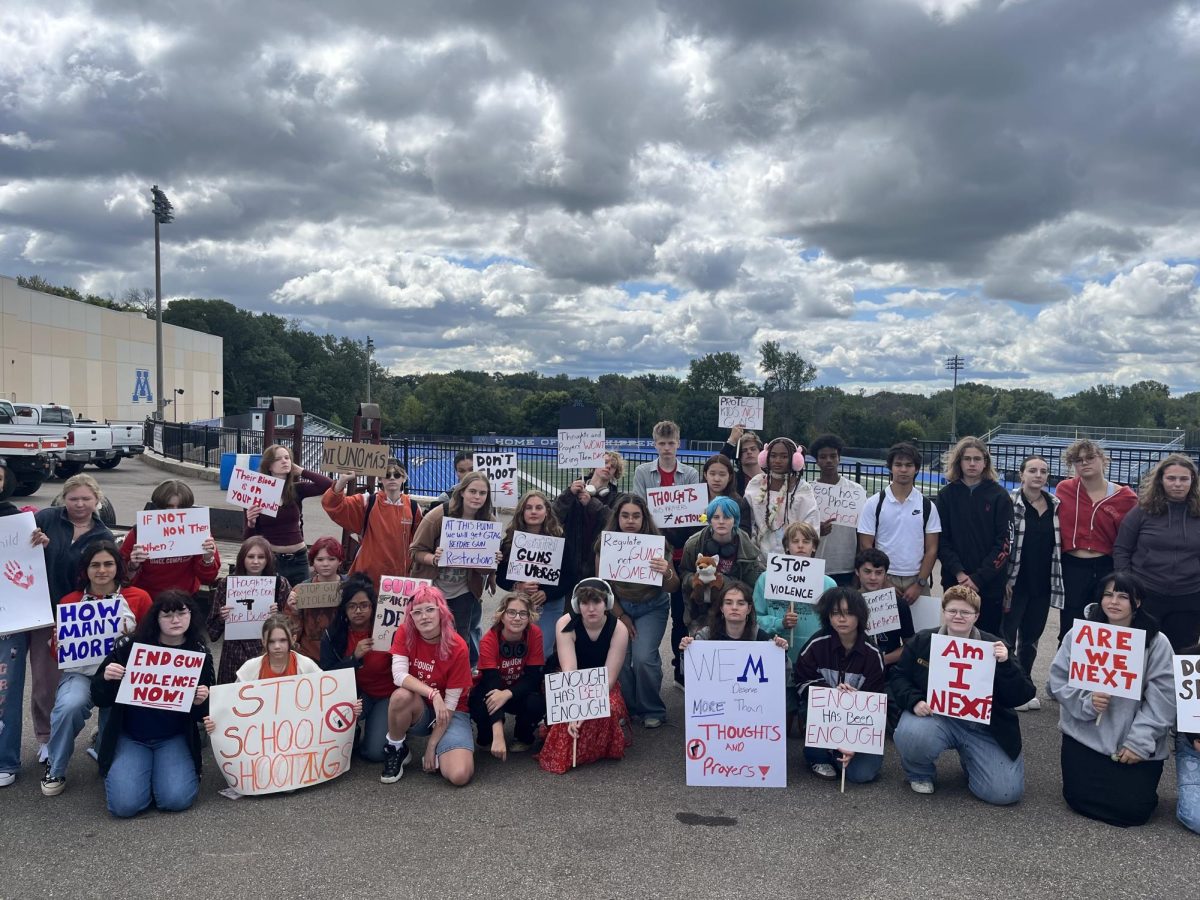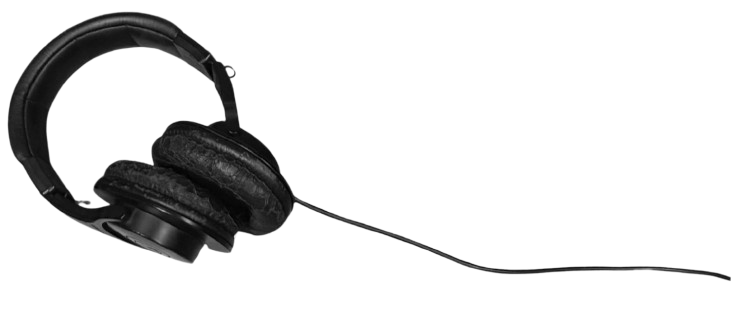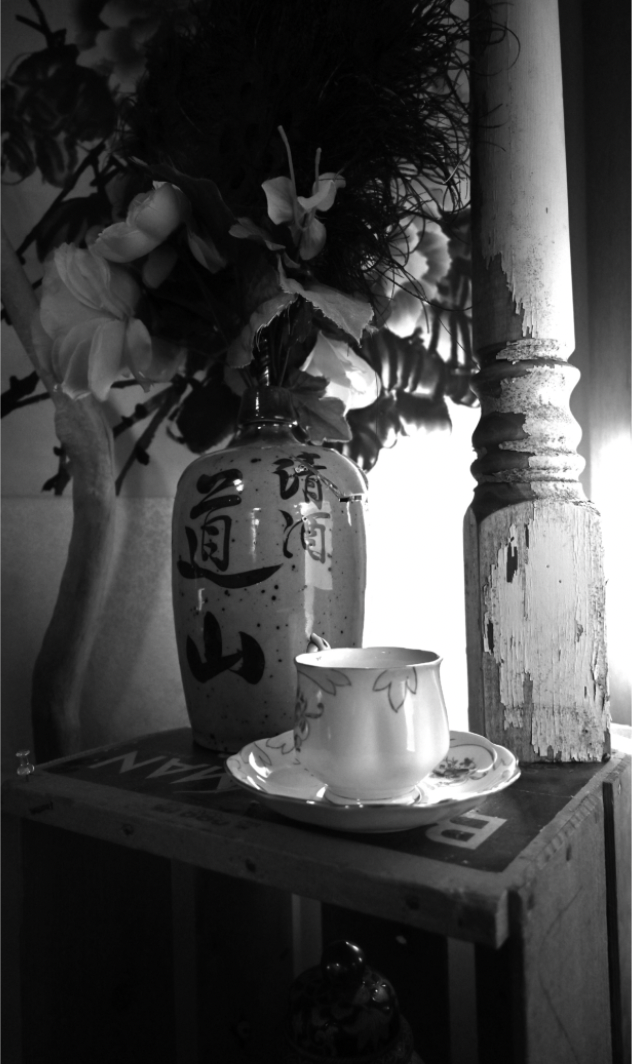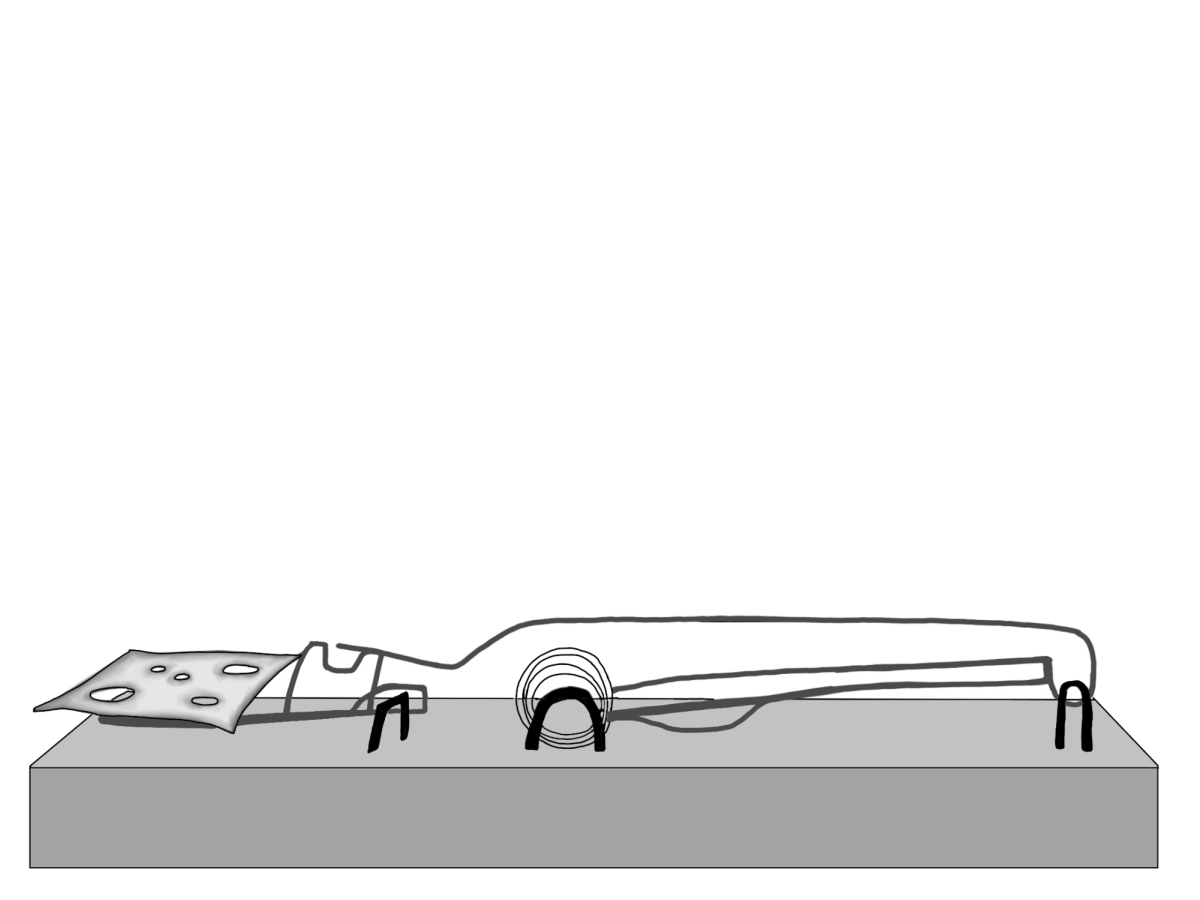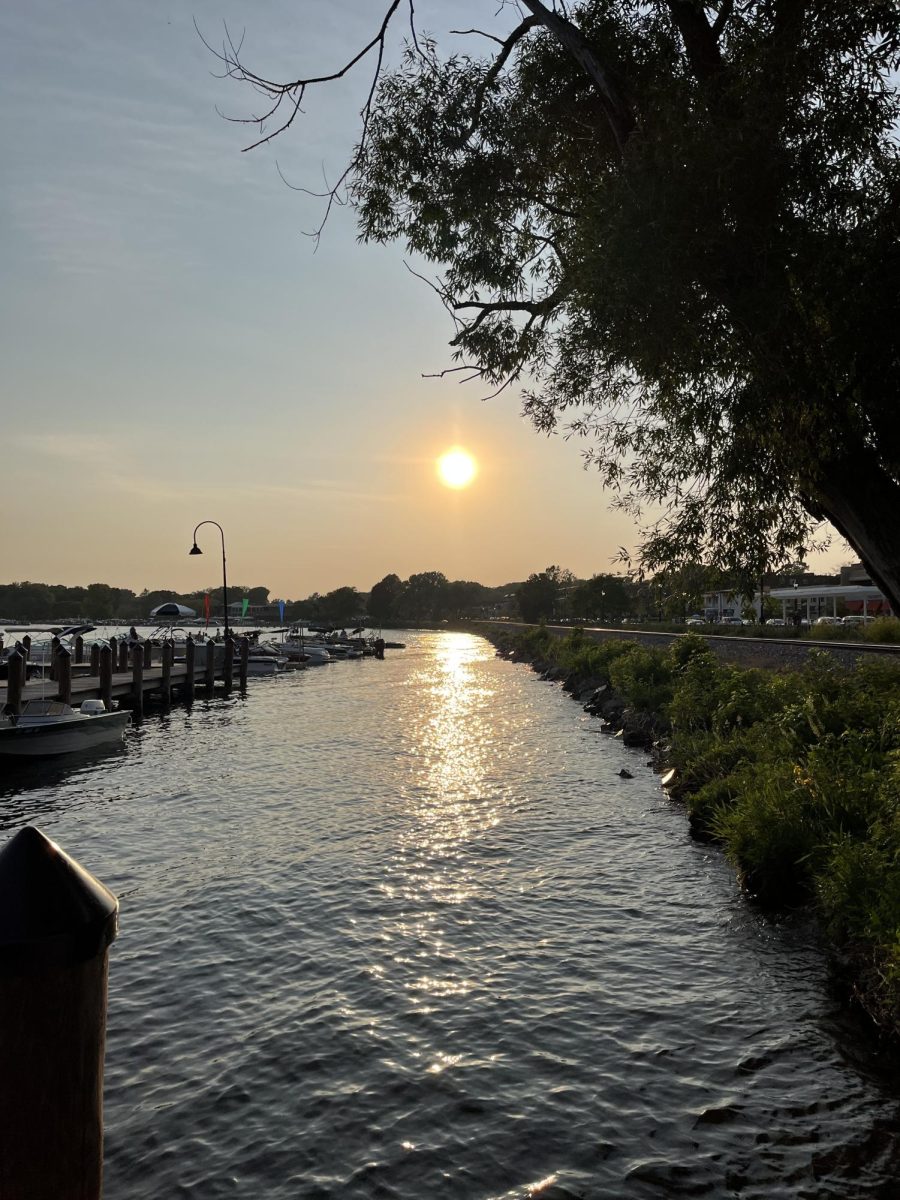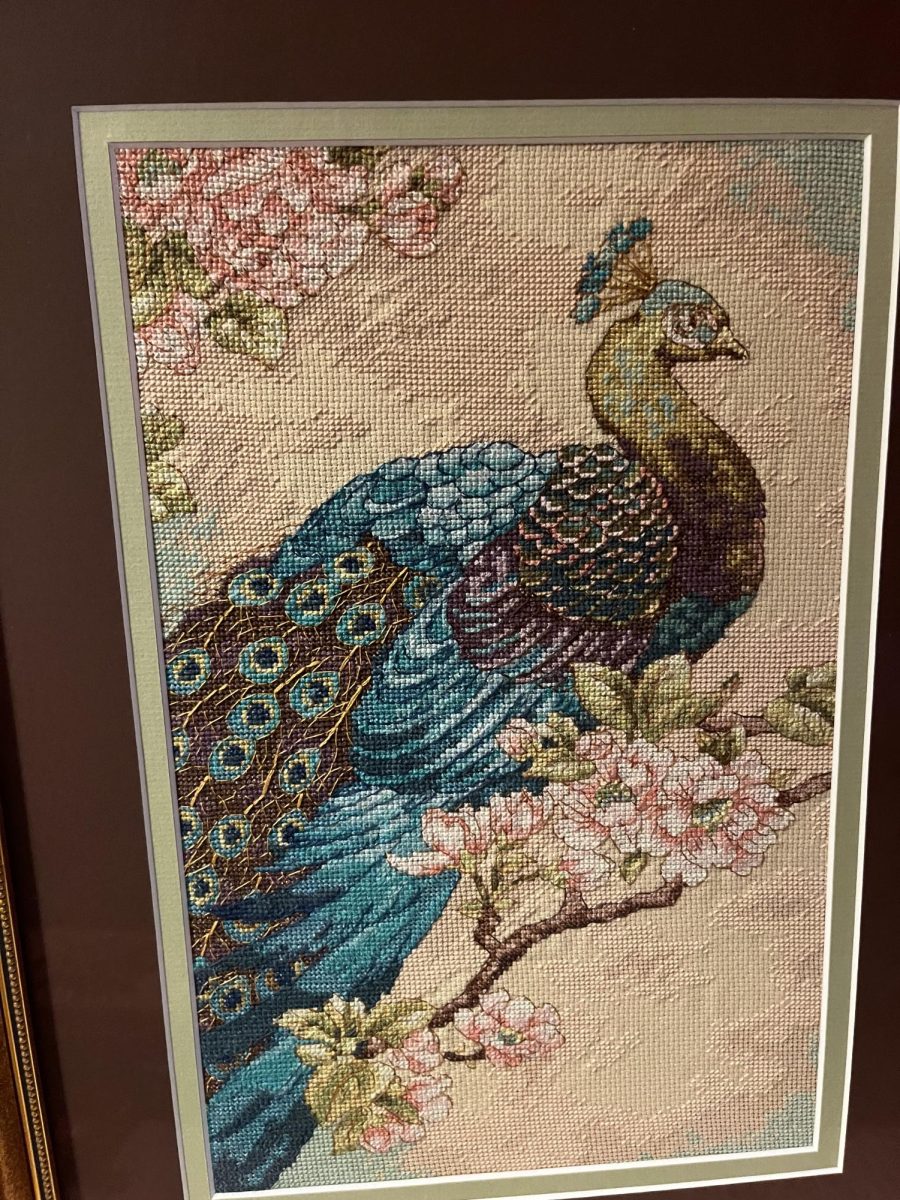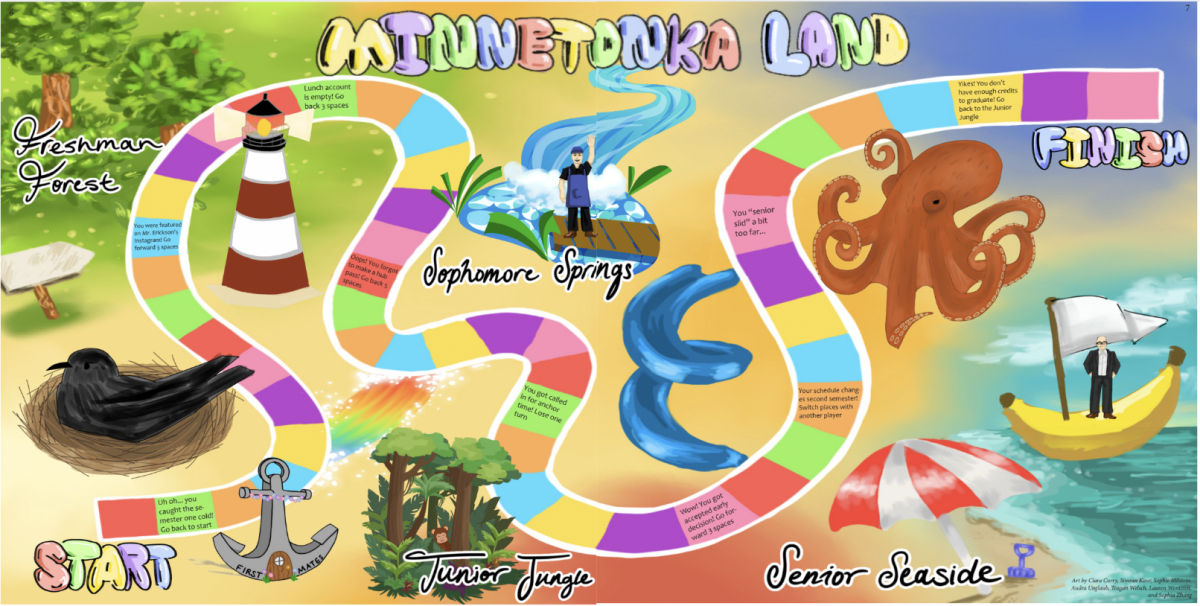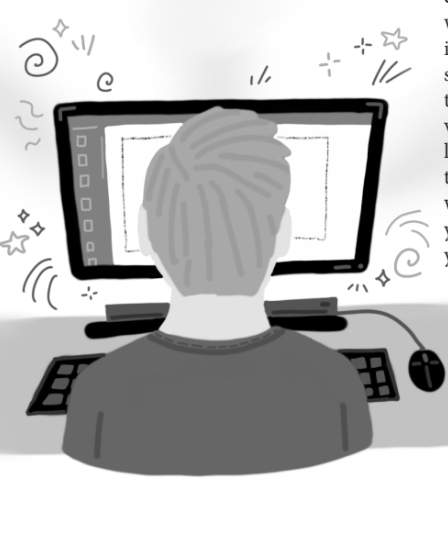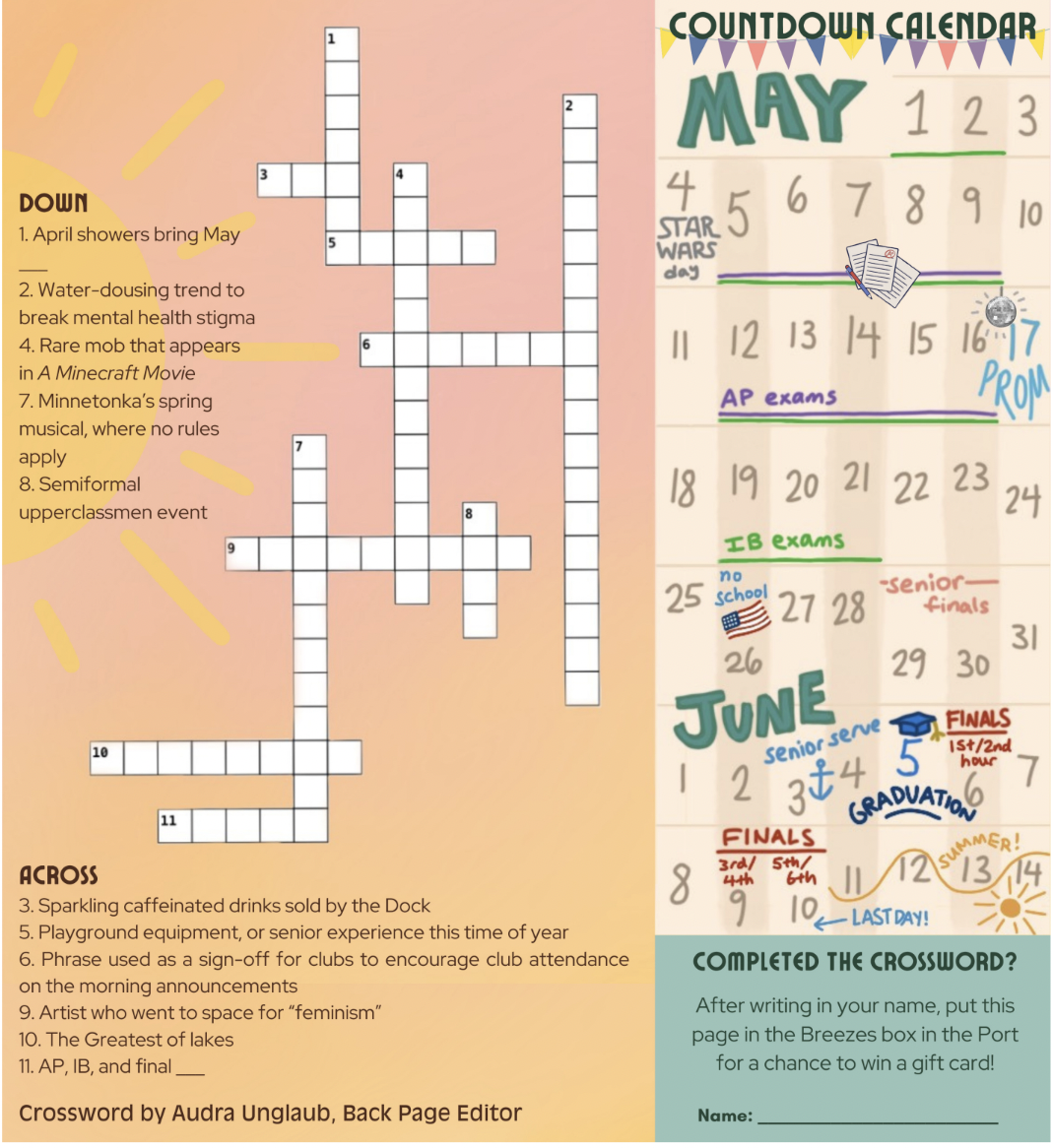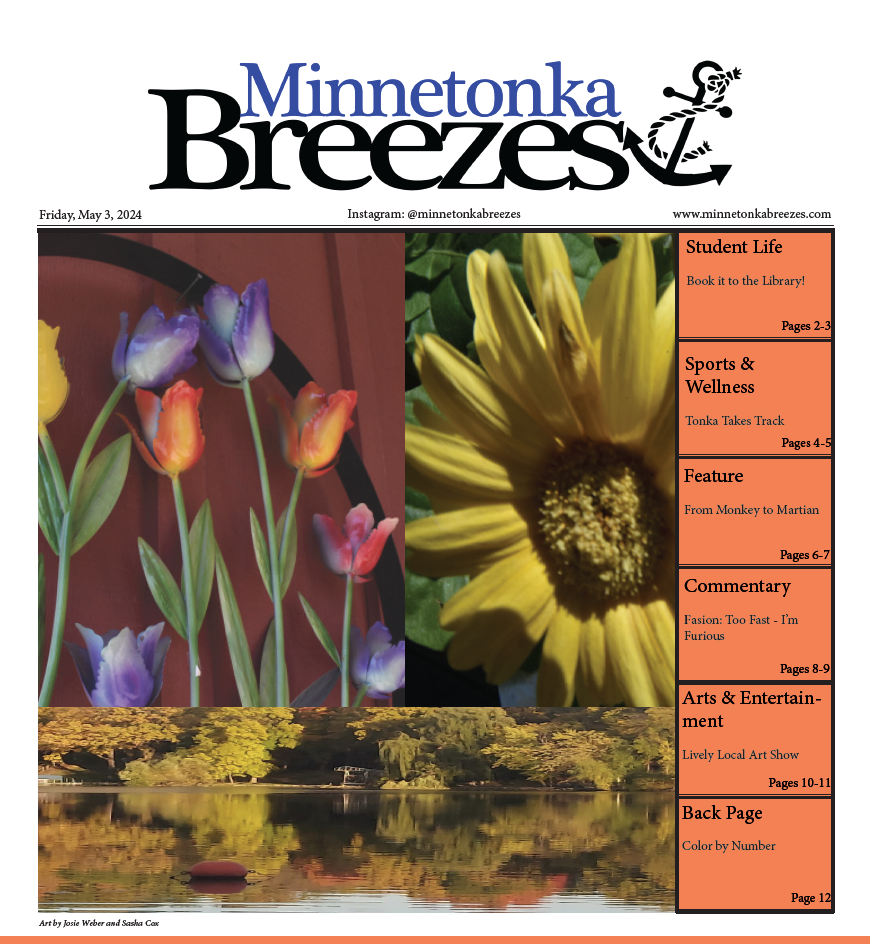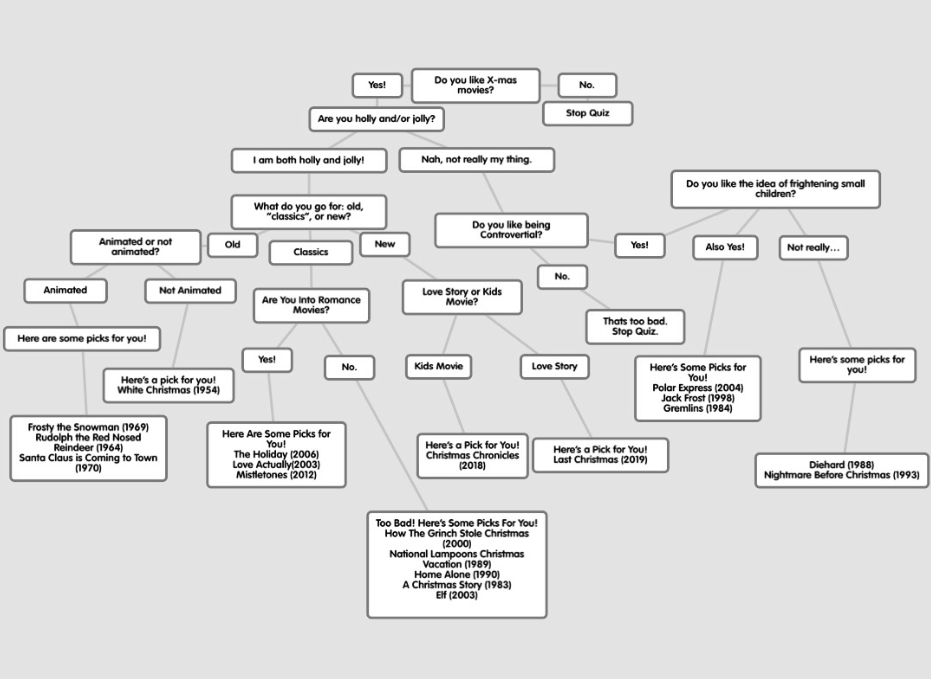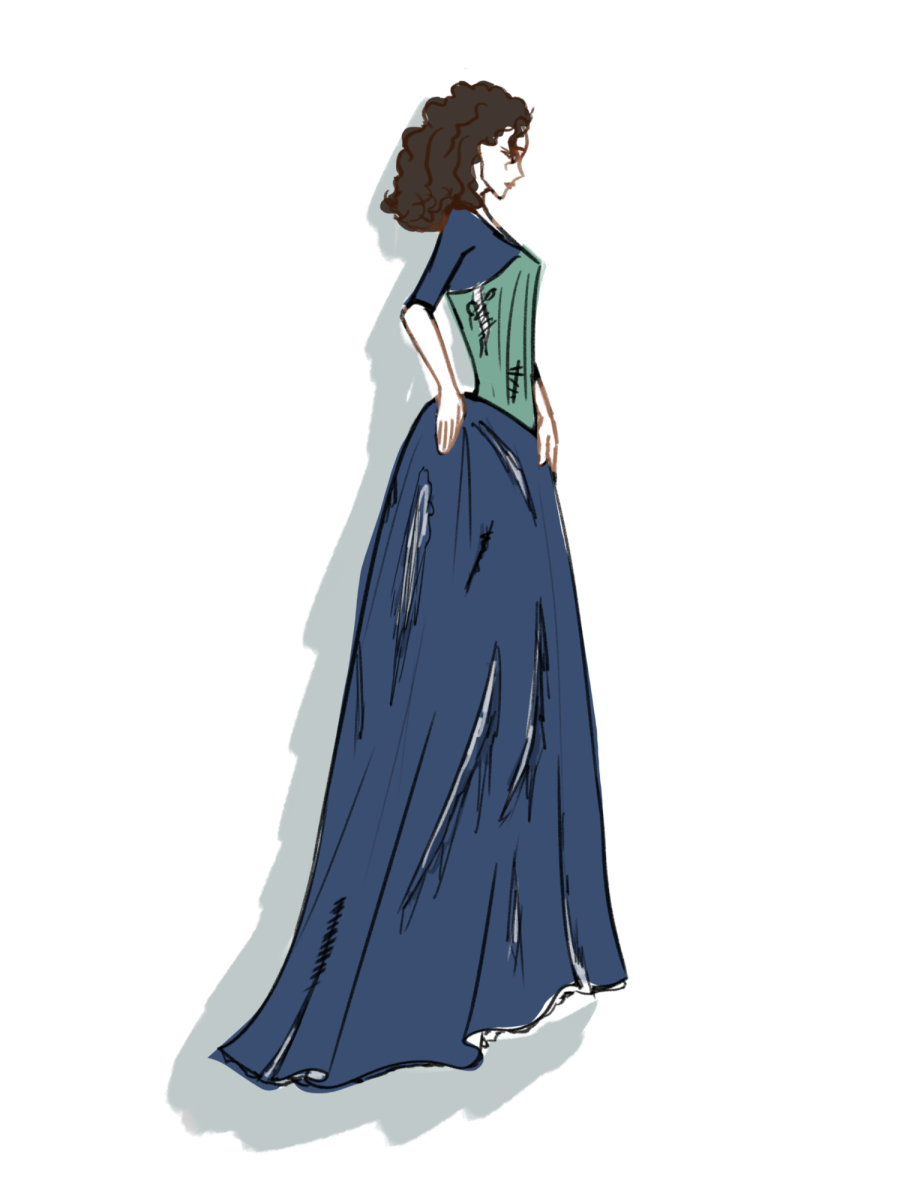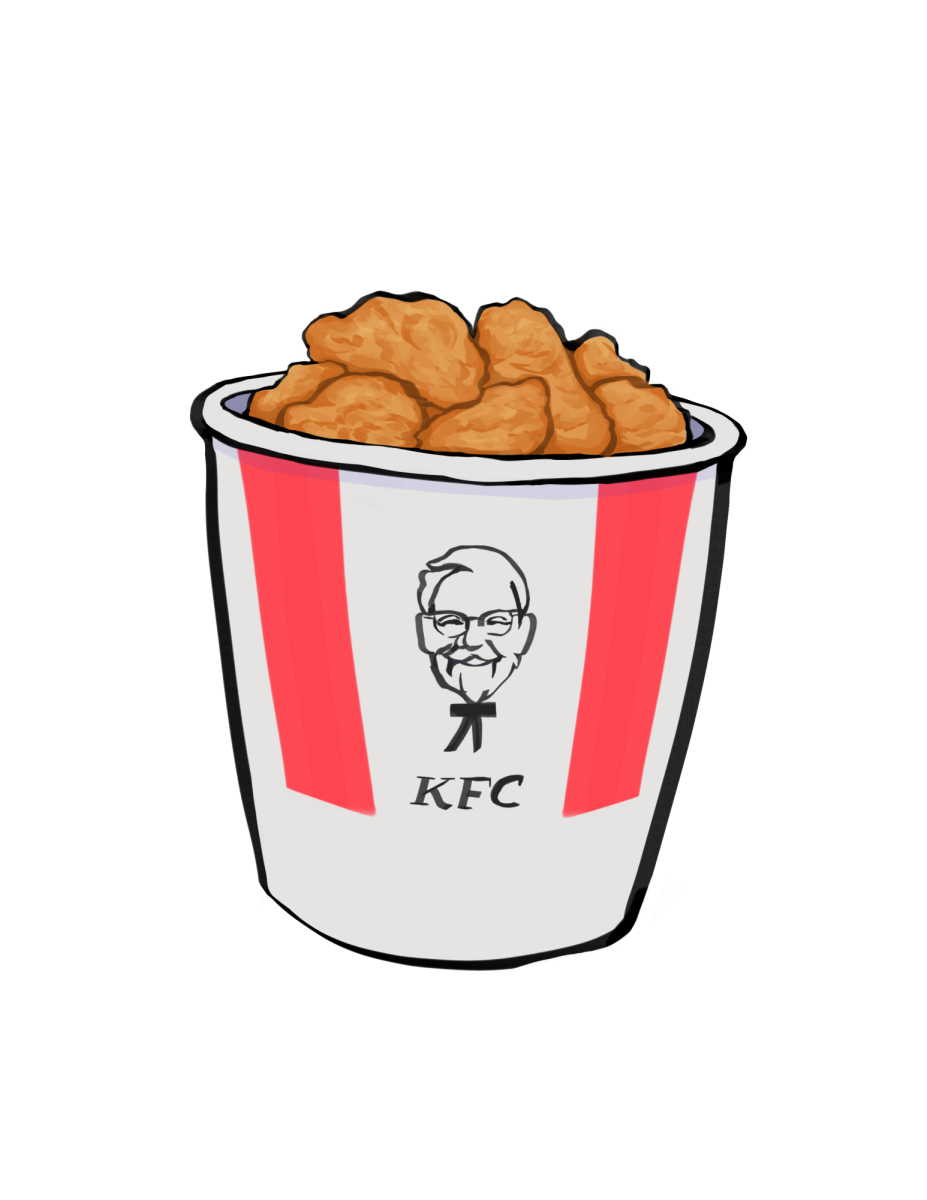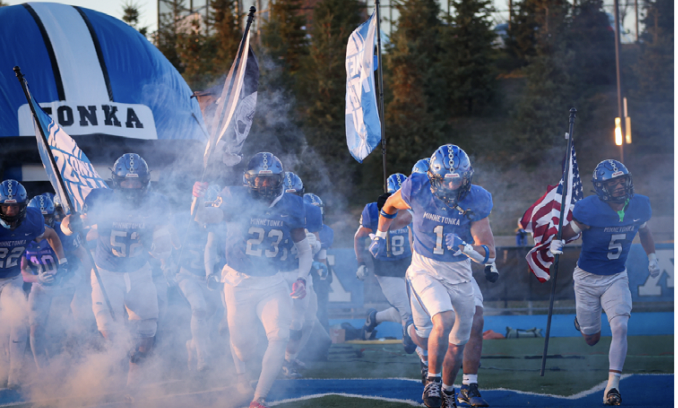Normal temperatures for Minnesota in November range from the mid-thirties to the occasional forties. However, this year, Minnesotans were taking off their sweaters to soak up the sunshine. Temperatures were 20-25 degrees above the norm; Minnetonka hitting a high of 69.8 degrees on November 16th. While many were thrilled to prolong the expected never-ending winter, the Alpine and Nordic ski teams looked at the weather with sad eyes.
Earlier in October, the two teams played their annual soccer game against each other. At the end of the match with not much change in the score throughout, the Nordic team scored four goals to secure their win. Perhaps it might have had something to do with the fact that the Nordic team had over twice as many people on the field compared to Alpine…but we can’t be sure. This game usually is a good prequel to the start of the ski season, however this year the teams had to wait much longer to start. With no snow in sight, the teams would be waiting a while; instead they would have to live with dryland.
Dryland is different for each of the teams. For Alpine it consists of a group workout outside in the cold air. However, for Nordic, they get creative with their training. One of the captains for the Nordic team, Elizabeth Weider, ‘24, explains how they use ‘roller skis’ to train: “Imagine skis that are two feet long that have wheels on each end. They use a very similar motion to skiing, but you can do it on pavement so it’s a good alternative.”
Now, with November over and much colder temperatures, the hills are making snow for skiers. Hyland Hills opened on December 1st with a hill made almost entirely from man made snow. This works perfectly for the Alpine team, as the head coach, Dave Gartner, describes it as the perfect conditions for training: “We hope for firm, hard-packed snow, and perhaps a little icy.” The ice allows Alpine skiers to carve their skis into the snow to make perfect turns as they race down the courses. This is a very different wish to Nordic skiers, whose best day of skiing would be right after a huge snow storm. Known as the soft and buttery snow, these conditions are best for the Nordic skis to stay on track instead of sliding out of control.
Despite the abnormal weather conditions, both the Alpine and Nordic teams are sure to have great seasons this school year. Both of these teams foster incredible communities that make the long Minnesota winter months so much more fun. Weider says that her favorite part of leading the Nordic team is “being able to make connections with so many different people on the team.” Gartner comments that the best thing about coaching is “seeing the team members’ happiness when they have success and they improve.”

